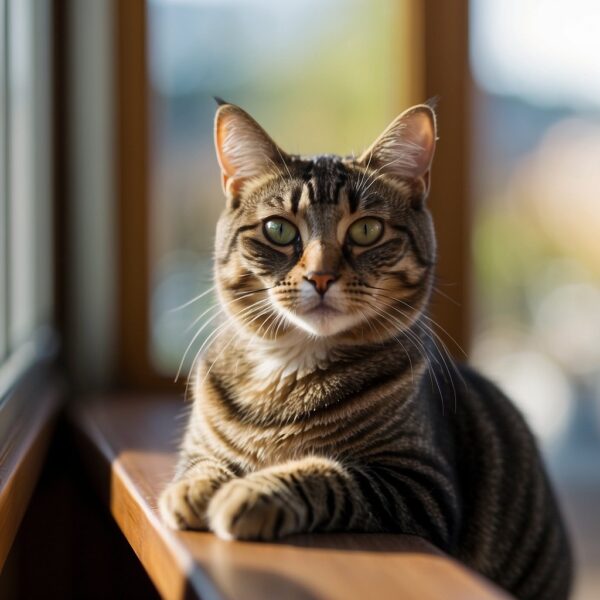
What Is a Domestic Shorthair Cat?
A Domestic Shorthair cat is an adaptable and varied breed, not recognized as a pedigreed cat but rather distinguished by its short and sleek fur without association to any specific breed standard. Often medium-sized and muscular, these cats come in an extensive range of colors and patterns and are known for their easy-going temperament and robust health. They are one of the most common types of cats in the United States, frequently referred to as “moggies” in the United Kingdom, and are appreciated for their practicality as both a companion and a hunter of rodents.
Despite their simple title, Domestic Shorthairs boast a rich genetic diversity due to their mixed breed lineage, making it challenging to pinpoint their exact heritage. This, however, contributes to their unique assortment of physical characteristics and behaviors, which can vary widely from one individual to another. While they may not have the same prestige as purebred cats, their low maintenance and affable nature make them an ideal pet for many families and individuals, complementing a vast array of living environments.
Key Takeaways
- Domestic Shorthairs are characterized by short coats and a wide variety of colors and markings.
- These cats adapt well to different living environments and typically exhibit a friendly and low-maintenance disposition.
- Common health issues are less prevalent in Domestic Shorthairs due to their genetic diversity.
History and Origin
Domestic Shorthair cats, commonly found across continents, can trace their origins back to the earliest periods of human civilization, when they were prized for their hunting prowess. The specific development in different regions led to the emergence of recognizable breeds in North America and Britain, with settlers playing a significant role in their spread and evolution.
Development in North America
In North America, the history of the Domestic Shorthair cat is closely tied to that of early European settlers who brought cats on ships to control rodents. These cats adapted to their new environment, and over time their populations increased and diversified across the continent. Their ability to thrive in various climates and conditions contributed to the prevalence of these cats in North American households.
British and American Shorthair Breeds
The British Shorthair and the American Shorthair breeds both share a common ancestry with the generic Domestic Shorthair. In Britain, selective breeding practices emphasizing specific physical attributes gave rise to the British Shorthair. Similarly, in the United States, the American Shorthair breed developed through careful selection and breeding of cats that were brought by settlers, focusing on traits that complimented their role as both companion and mouser.
Contribution of Settlers
Settlers played a crucial role in the dissemination and diversity of the Domestic Shorthair cat. They not only introduced these cats to new territories but also influenced their breeding through preferences and environmental adaptation. Cats that accompanied settlers to various parts of the world inevitably interbred with local populations, leading to a vast gene pool that is evident in today’s domestic shorthairs.
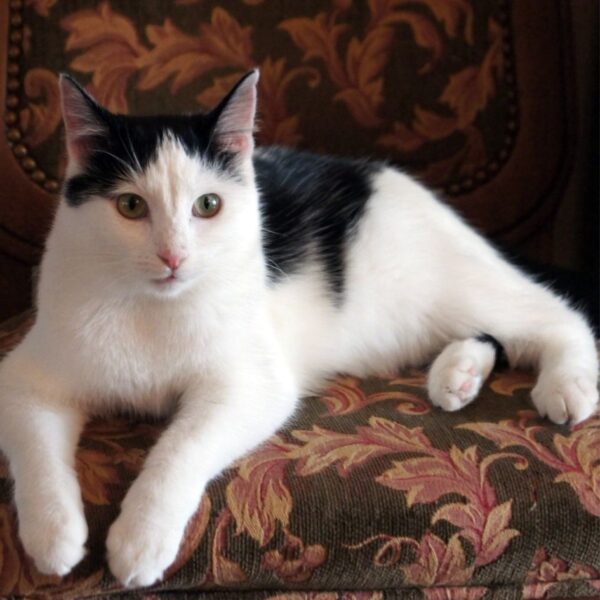
Breed Classification
The Domestic Shorthair (DSH) cat, while not recognized as a specific breed by major cat associations, remains one of the most common cats in the world. These cats are known for their vast range of colors and patterns, noteworthy for their absence from the pedigree status of recognized breeds.
Pedigree Status
Domestic Shorthair cats do not have a pedigree status as they are not a specific breed but rather a category of mixed-breed cats with short coats. Purebred or pedigreed cats hail from documented lines of breeding and usually conform to a breed standard. In contrast, a DSH cat might have diverse ancestors of various breeds, making it difficult to trace a pure lineage.
Recognition by Associations
These cats do not hold recognition as a distinct breed by major cat-breeding associations such as the World Cat Federation. Cat associations typically recognize purebreds with a standardized appearance and lineage. Domestic Shorthairs, by their nature, do not fit into these categories. However, they are appreciated for their unique compositions and are often celebrated in household cat categories at various events.
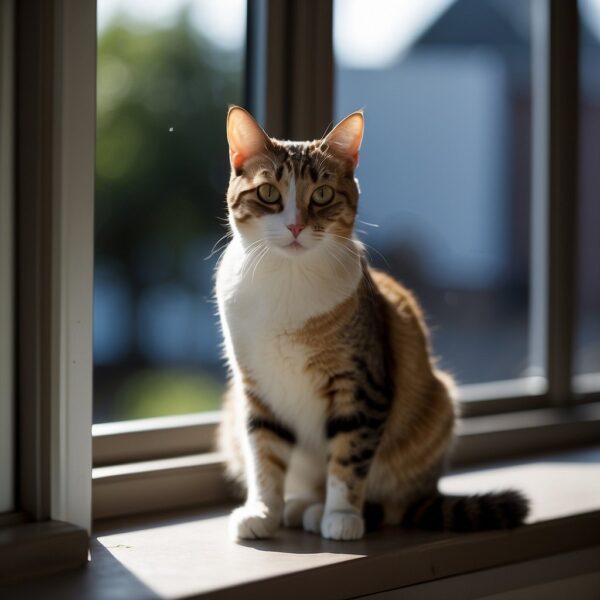
Physical Characteristics
The Domestic Shorthair cat boasts a solid body structure that is both muscular and well-proportioned. This breed displays a variety of coat colors and is known for its round head and sturdy build.
domestic shorthair cat General Appearance
The Domestic Shorthair cat typically has a muscular and medium-sized physique. They display a robust, sturdily built appearance with strong legs and round paws, epitomizing a balanced and solid body structure.
Coat and Colors
These cats have short, sleek coats that are easy to maintain. The coat can come in a myriad of colors and patterns, including solids, stripes, and whirls. Common colors are black, white, gray, and ginger, as well as various shades and combinations thereof.
Head and Face Features
A Domestic Shorthair cat’s head is usually round, complemented by medium-sized ears that fit proportionately with the face. The nose is of an average length, maintaining the symmetry of their round head. This breed’s facial features contribute to their overall alert and friendly expression.
Colors and Markings
Domestic Shorthair cats exhibit a wide array of coat colors and patterns. These physical characteristics are determined by genetics and can range from solid hues to intricate combinations of shades and markings.
Variety of Coat Colors
Domestic Shorthair cats boast an impressive spectrum of coat colors. The coat can be a single solid color, such as white, black, or red. More uncommon solid colors like chocolate, lilac, and blue also exist, but are less frequently encountered. Additionally, silver shades can manifest in the coat, often giving the cat a sleek and glossy appearance.
Unique Markings and Patterns
The patterning on Domestic Shorthairs is where their diversity truly shines. Tabby cats possess distinct coat patterns that can be striped (mackerel tabby), blotched (classic tabby), or spotted. The tabby pattern often includes an ‘M’ shape on the forehead. Tortoiseshell cats, or ‘torties,’ present a mosaic of black and orange patches, whereas calico cats feature a tri-color pattern of white, black, and orange, typically with bold and clear demarcations. Bicolored cats, such as the tuxedo, have a primarily black coat with white markings on the chest, paws, and belly.

domestic Short Hair Cat Behavioral Traits
The Domestic Shorthair exhibits a variety of personalities, often described as sociable and adaptable. They exhibit notable variations in behavior, with many being active and playful, as well as intelligent and curious.
Common Personalities
Domestic Shorthair cats display a wide range of personality traits. They are frequently:
- Playful: They often exhibit playful behavior, enjoying interactive toys and games.
- Affectionate: They tend to be loving towards their human companions, often seeking attention and affection.
- Intelligent: Domestic Shorthairs are quick learners, demonstrating curiosity about their environment.
- Calm: They can be relaxed and comfortable in a home setting, content to lounge and observe.
- Curious: Their intelligent nature drives them to explore their surroundings thoroughly.
Social Interactions
Socially, Domestic Shorthairs:
- Are sociable with both humans and other pets; they typically enjoy company and can be quite companionable.
- May or may not be aggressive: Personality varies greatly among individuals, with some cats being more dominant or territorial than others.
- Are often active: These cats may express bursts of energy and playfulness, commonly described as “zoomies.”
- Can be very loving: Many Domestic Shorthairs form strong, affectionate bonds with their families.
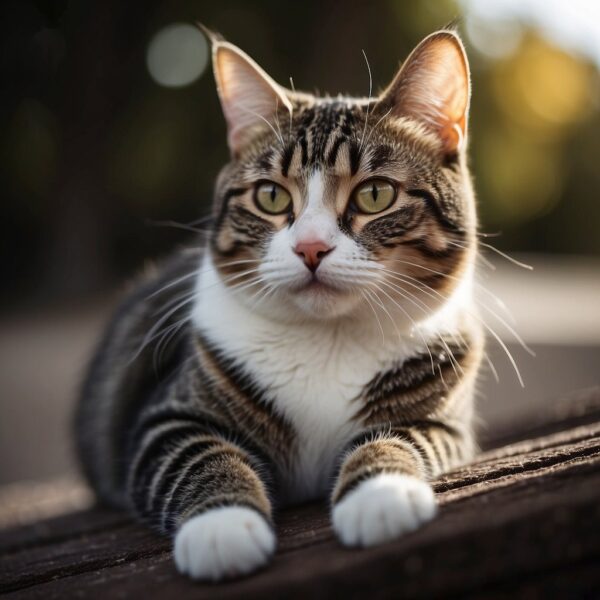
Living Environment
Domestic Shorthair cats thrive in various living environments, as they are highly adaptable creatures. They easily fit into family households or single-person homes, making them one of the most versatile household pets.
Adaptability to Household
Domestic Shorthairs are known for their ability to adjust to a range of living situations. Whether they are in a busy, active home with children or in a quieter setting, they usually manage well. They are not typically demanding in terms of space, but they do appreciate access to cozy spots where they can observe their surroundings or take a peaceful nap. Providing them with a safe indoor environment is important to keep them healthy and away from outdoor hazards.
Interacting with Other Pets
These cats often get along well with other household pets, including dogs. They are known to interact effectively with both feline and canine companions, especially if introduced properly and at a young age. However, as natural hunters, it’s important to supervise initial interactions with smaller animals. In households with multiple pets, providing individual resting areas and ample resources can promote harmony. They might not always seek out to be a lap cat, but they do enjoy social interactions and can form strong bonds with their family members.
domestic Shorthair cat Common Health Issues
Like all breeds, Domestic Shorthair cats face certain health issues. They are generally healthy, but it is imperative to be aware of common problems that can arise and how to prevent them.
Preventing Obesity
Obesity is a notable concern in Domestic Shorthair cats due to their propensity for overeating and low activity levels. To prevent obesity, guardians should:
- Monitor food intake: Provide a balanced diet and avoid overfeeding.
- Encourage exercise: Engage cats with toys and interactive playtime to promote movement.
Regular check-ups with a veterinarian can help detect weight-related problems early and provide guidance on dietary management.
Longevity and Genetic Conditions
Domestic Shorthairs have a varied genetic makeup, which contributes to their robust health and relatively long lifespan. However, this diversity can also predispose them to certain hereditary health conditions. Awareness and early detection are key.
Guardians should watch for:
- Digestive issues like inflammatory bowel disease (IBD), which can cause symptoms such as vomiting and diarrhea.
- Skin conditions such as allergies or infections, indicated by symptoms like itching and rashes.
Incorporating preventative care and scheduling routine vet visits enhance the chances of early identification and management of these health issues.
Cultural Impact
Domestic shorthair cats have secured a significant place in households and cultures worldwide, with their broad appeal and family-friendly nature contributing to their widespread popularity.
domestic short hair cat Popularity and Representation
The felines are often regarded as symbols of comfort and domestic bliss, frequently depicted in media and art as quintessential pets. They embody a diverse representation due to their array of colors and patterns, which reflects in various cultural mediums. Their versatility has allowed them to serve as iconic subjects in advertisements, animations, and even as muses for famous artists.
Domestic short hair cats prominence in family settings is underscored by their adaptable and agreeable nature, often making them the ideal choice for a family pet. Their reputation as low-maintenance and affable companions has bolstered their popularity, ensuring that they remain a common fixture in homes around the globe.
The cultural impact of domestic shorthair cats also extends to their role in society. Often seen as pragmatic hunters, they previously held integral roles in pest control, which augmented their value and solidified their place alongside humans. Even as their functional roles in homes have changed, their historical significance remains a fond testament to their enduring relationship with people.
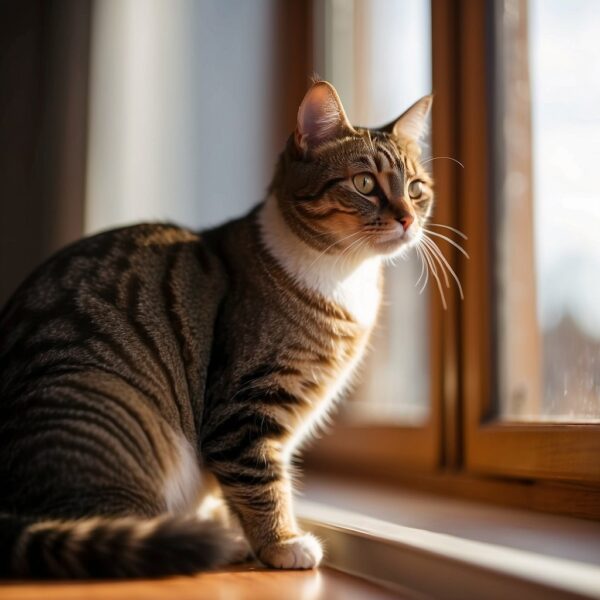
Frequently Asked Questions
This section addresses some of the most common inquiries about Domestic Shorthair cats to provide owners and prospective owners with essential insights.
How can you identify a Domestic Shorthair cat?
A Domestic Shorthair cat typically has a muscular, medium-sized body with sturdy legs and round paws. Their coat is short and sleek, and they often possess round heads.
What is the average lifespan of a Domestic Shorthair cat?
The average lifespan of a Domestic Shorthair cat ranges between 12 to 15 years, although with proper care, some may live into their late teens or even early twenties.
How does the personality of a Domestic Shorthair cat typically manifest?
These cats are known for their easy-going and adaptive nature. They tend to be affectionate with family members and are often good with children and other pets.
What are the typical costs associated with owning a Domestic Shorthair cat?
Initial costs for a Domestic Shorthair can include adoption fees, vaccinations, and spaying or neutering. Ongoing costs include food, litter, and routine veterinary care.
How do American Shorthair and Domestic Shorthair cats differ?
American Shorthair cats are a specific breed with a pedigree, while Domestic Shorthair cats are a category that includes non-pedigreed, mixed-breed cats with short coats.
What color variations are common in Domestic Shorthair cats?
Domestic Shorthair cats come in a wide range of colors and patterns, including, but not limited to, solid, tabby, calico, tortoiseshell, and bi-color variations.